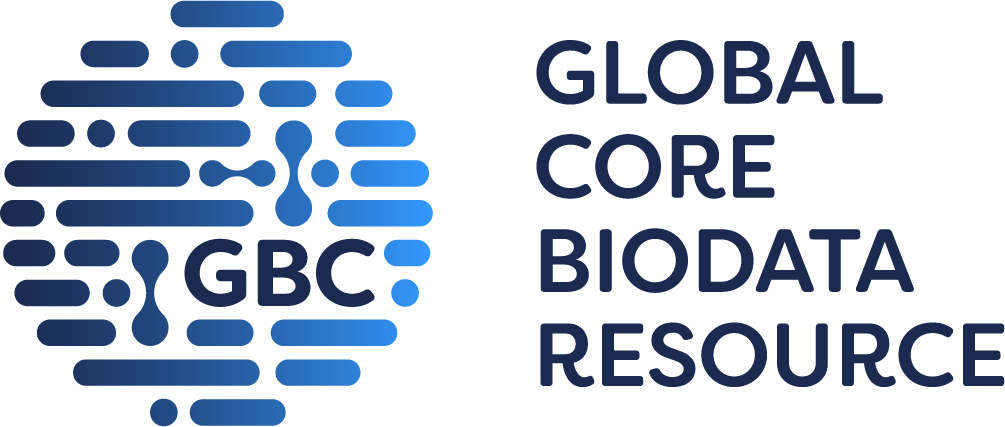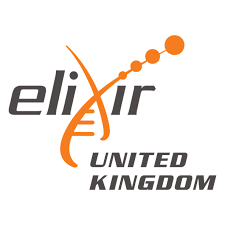
GtoPdb is requesting financial support from commercial users. Please see our sustainability page for more information.
Overview
Together with the SLC26 family, the SLC4 family of transporters subserve anion exchange, principally of chloride and bicarbonate (HCO3-), but also carbonate and hydrogen sulphate (HSO4-). SLC4 family members regulate bicarbonate fluxes as part of carbon dioxide movement, chyme neutralization and reabsorption in the kidney.
Within the family, subgroups of transporters are identifiable: the electroneutral sodium-independent Cl-/HCO3- transporters (AE1, AE2 and AE3), the electrogenic sodium-dependent HCO3- transporters (NBCe1 and NBCe2) and the electroneutral HCO3- transporters (NBCn1 and NBCn2). Topographical information derives mainly from study of AE1, abundant in erythrocytes, which suggests a dimeric or tetrameric arrangement, with subunits made up of 13 TM domains and re-entrant loops at TM9/10 and TM11/12. The N terminus exhibits sites for interaction with multiple proteins, including glycolytic enzymes, haemoglobin and cytoskeletal elements.
How to cite this family page
Database page citation:
SLC4 family of bicarbonate transporters. Accessed on 21/11/2025. IUPHAR/BPS Guide to PHARMACOLOGY, http://www.guidetopharmacology.org/GRAC/FamilyDisplayForward?familyId=142.
Concise Guide to PHARMACOLOGY citation:
Alexander SPH, Kelly E, Mathie A, Peters JA, Veale EL, Armstrong JF, Faccenda E, Harding SD, Pawson AJ, Sharman JL, Southan C, Davies JA; CGTP Collaborators. (2019) The Concise Guide to PHARMACOLOGY 2019/20: Transporters. Br J Pharmacol. 176 Issue S1: S397-S493.








